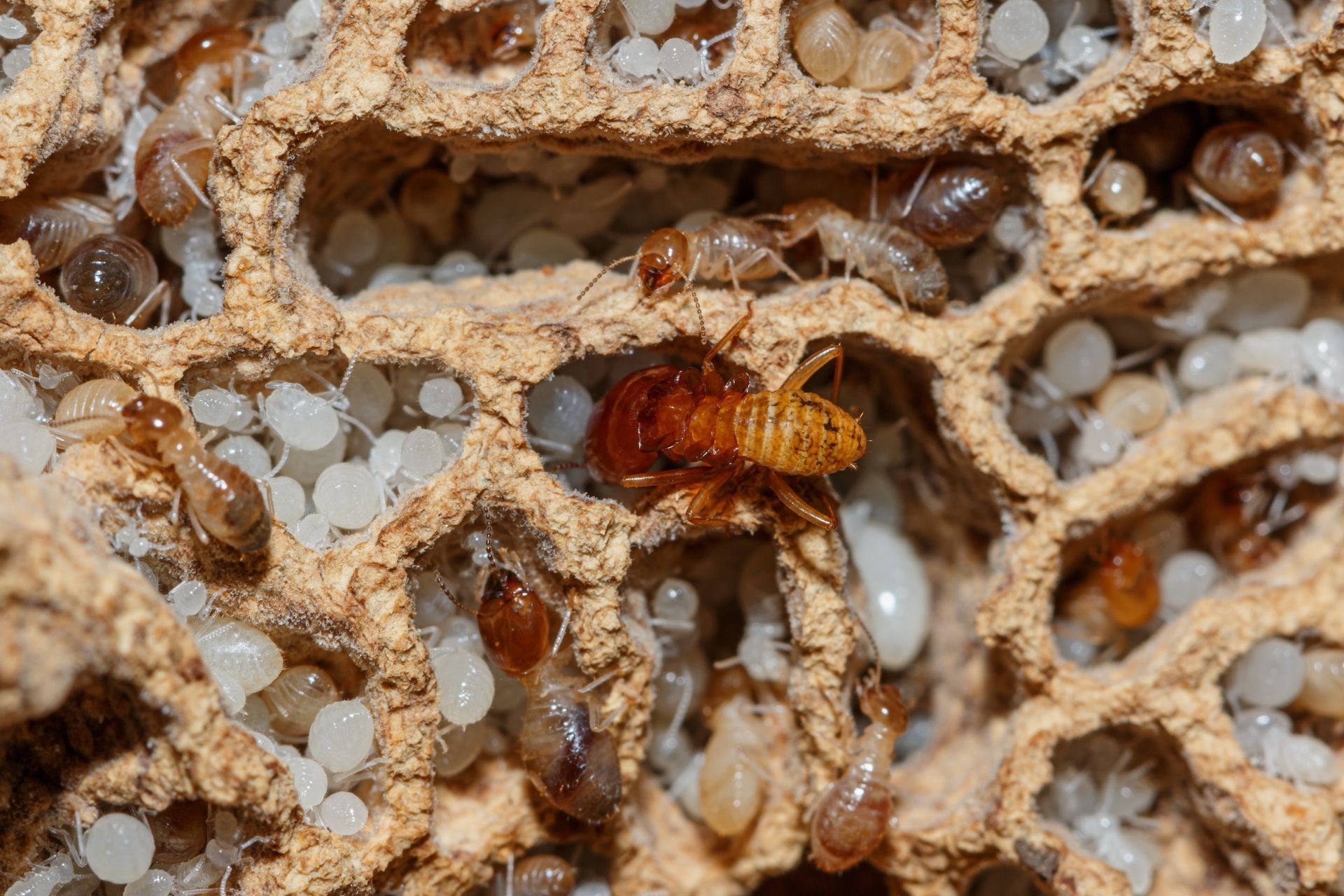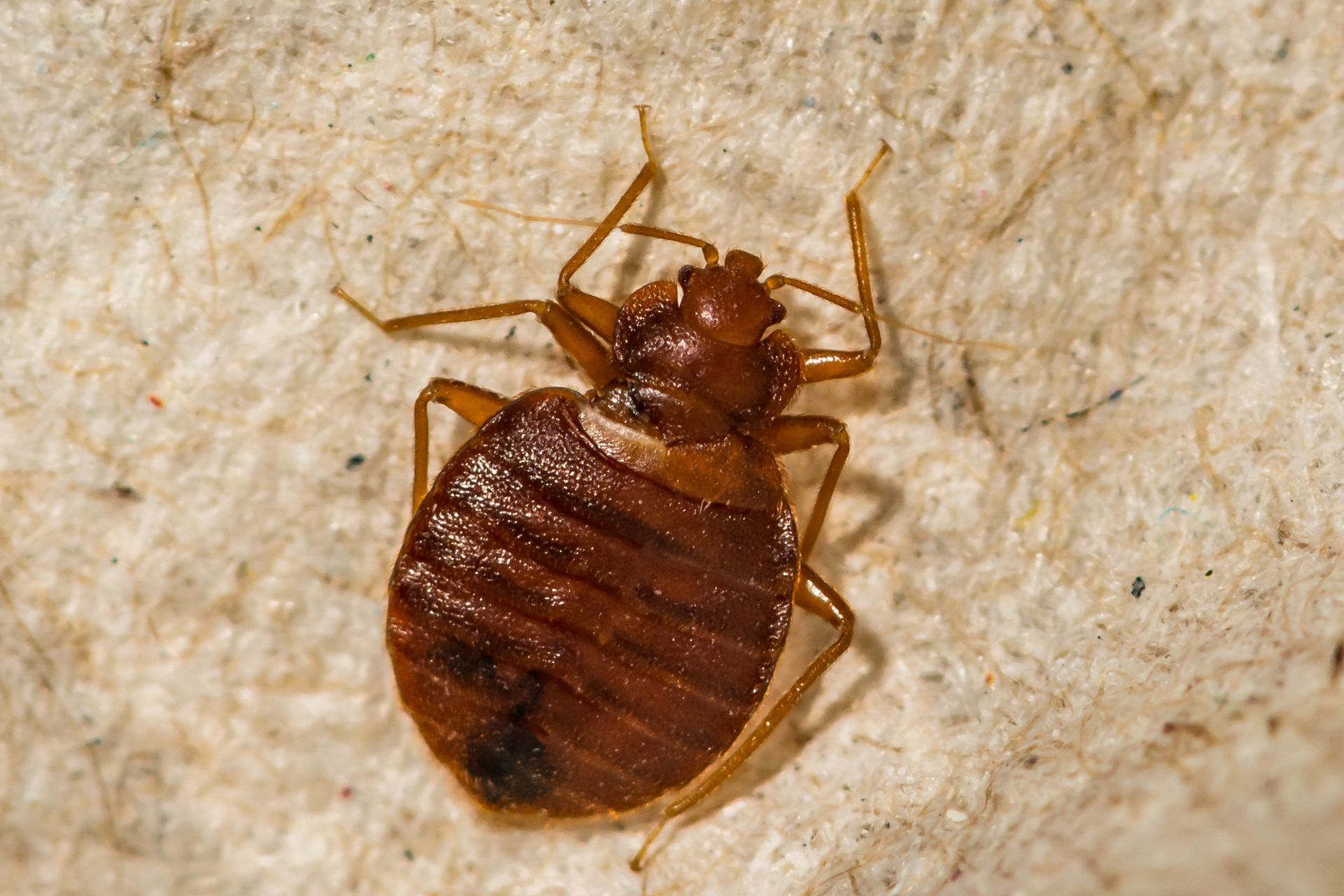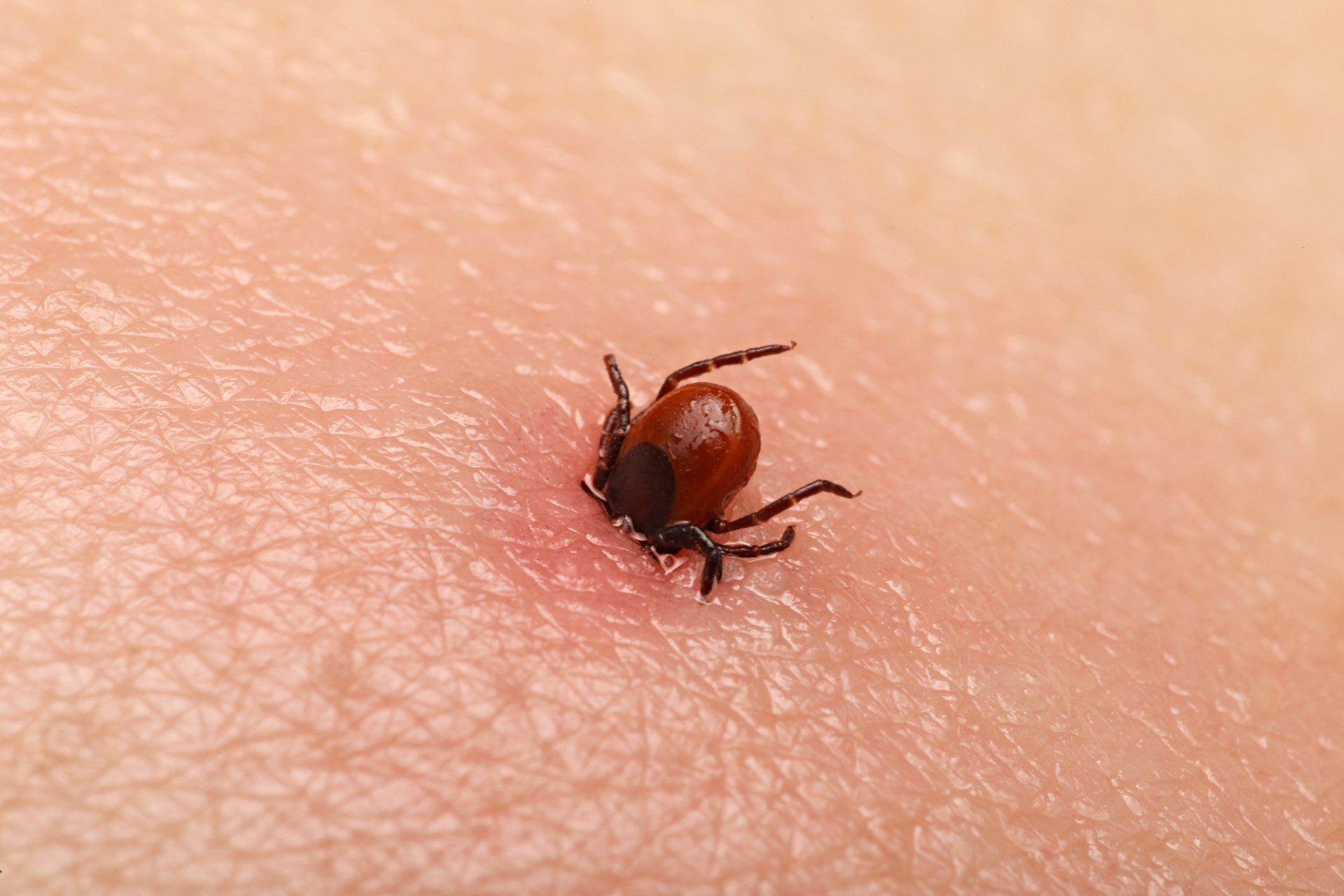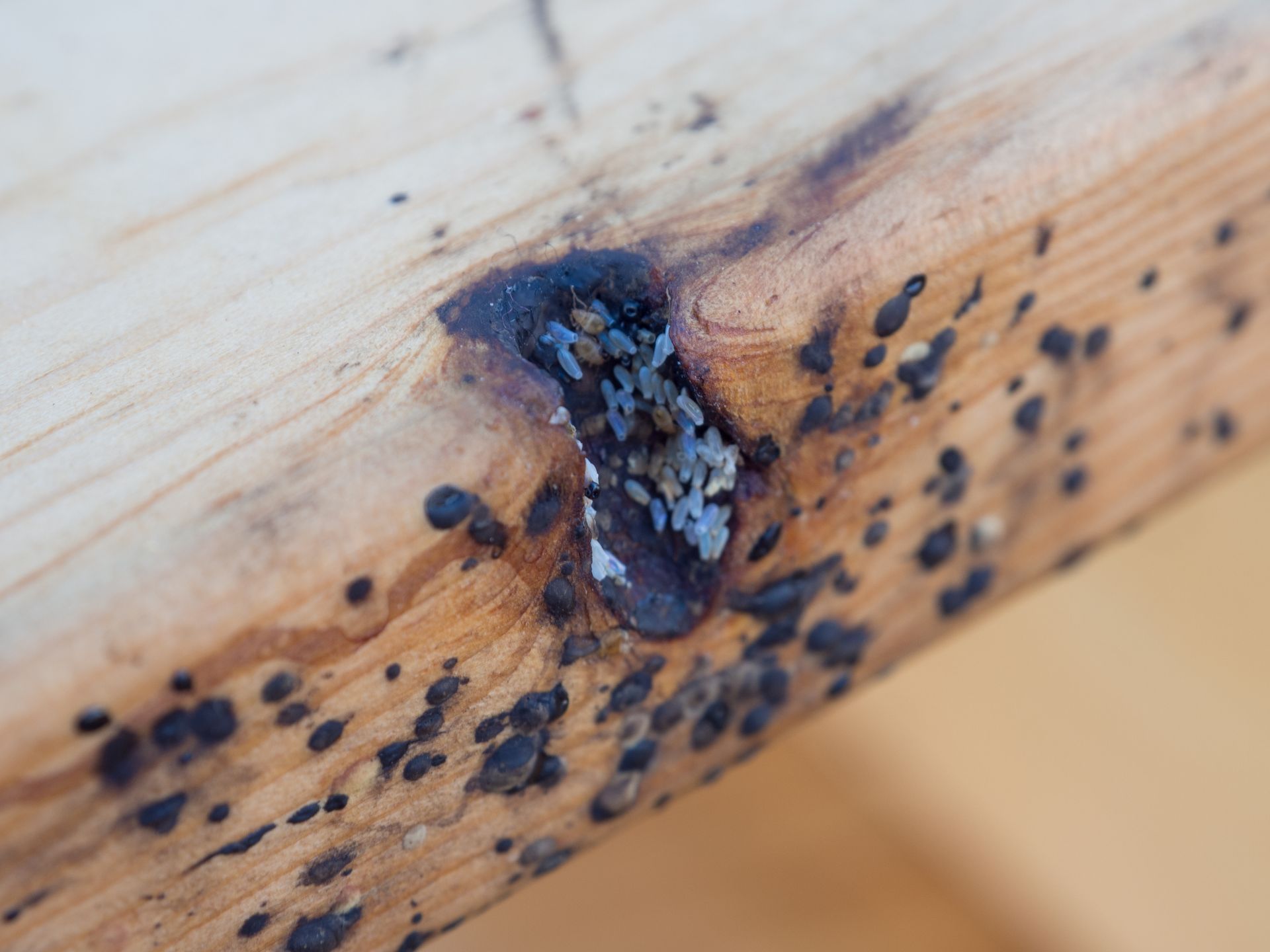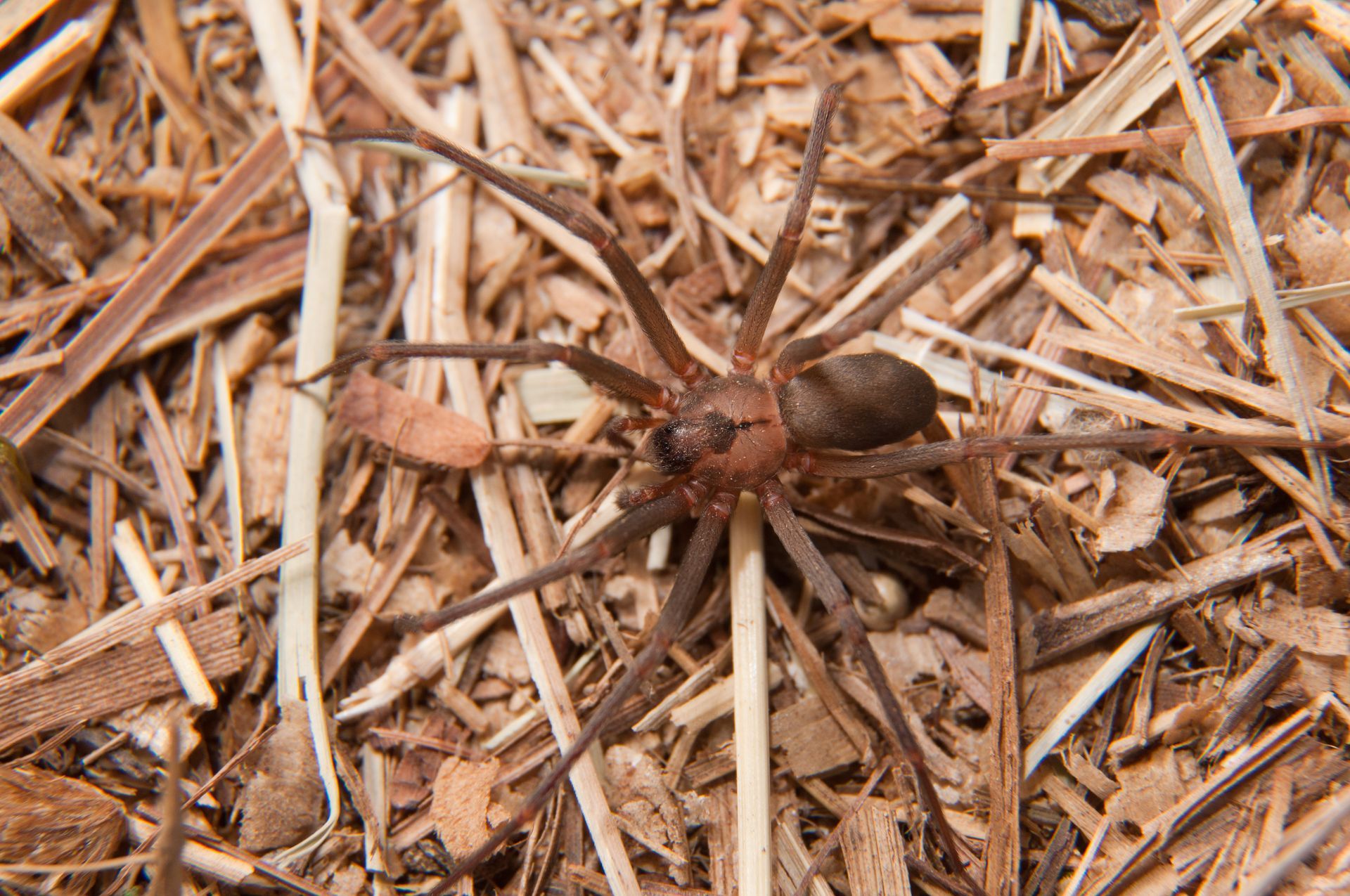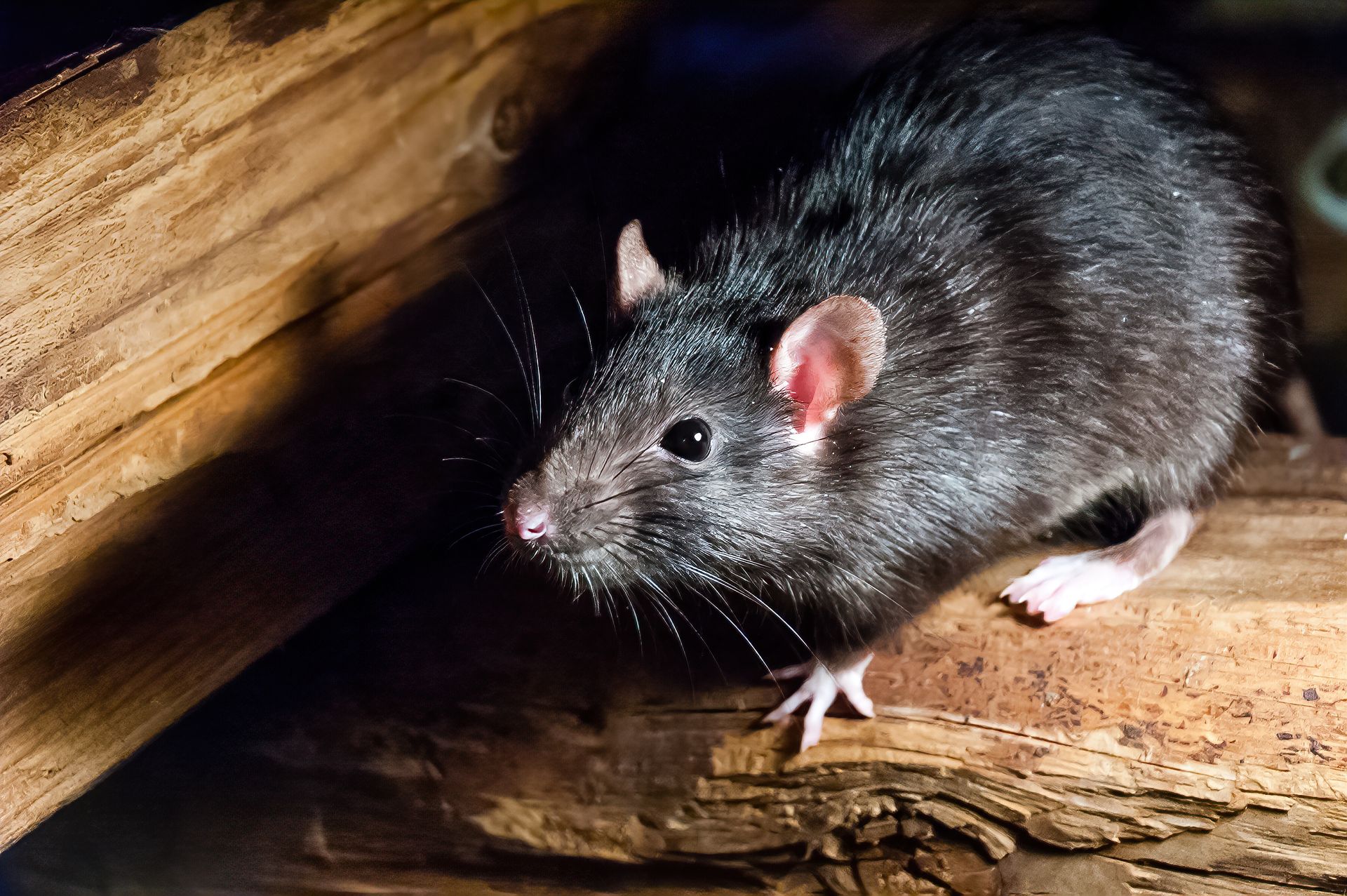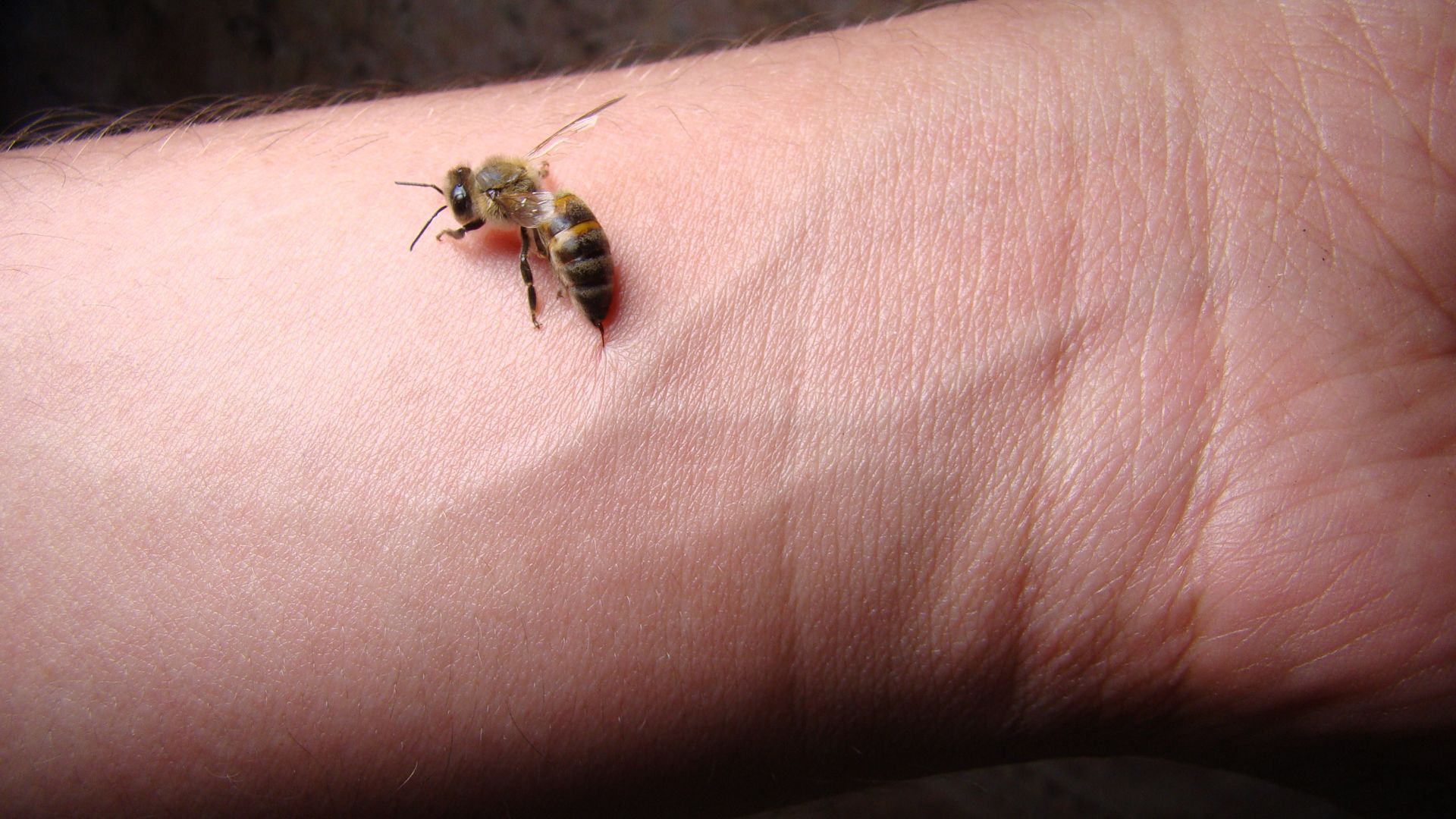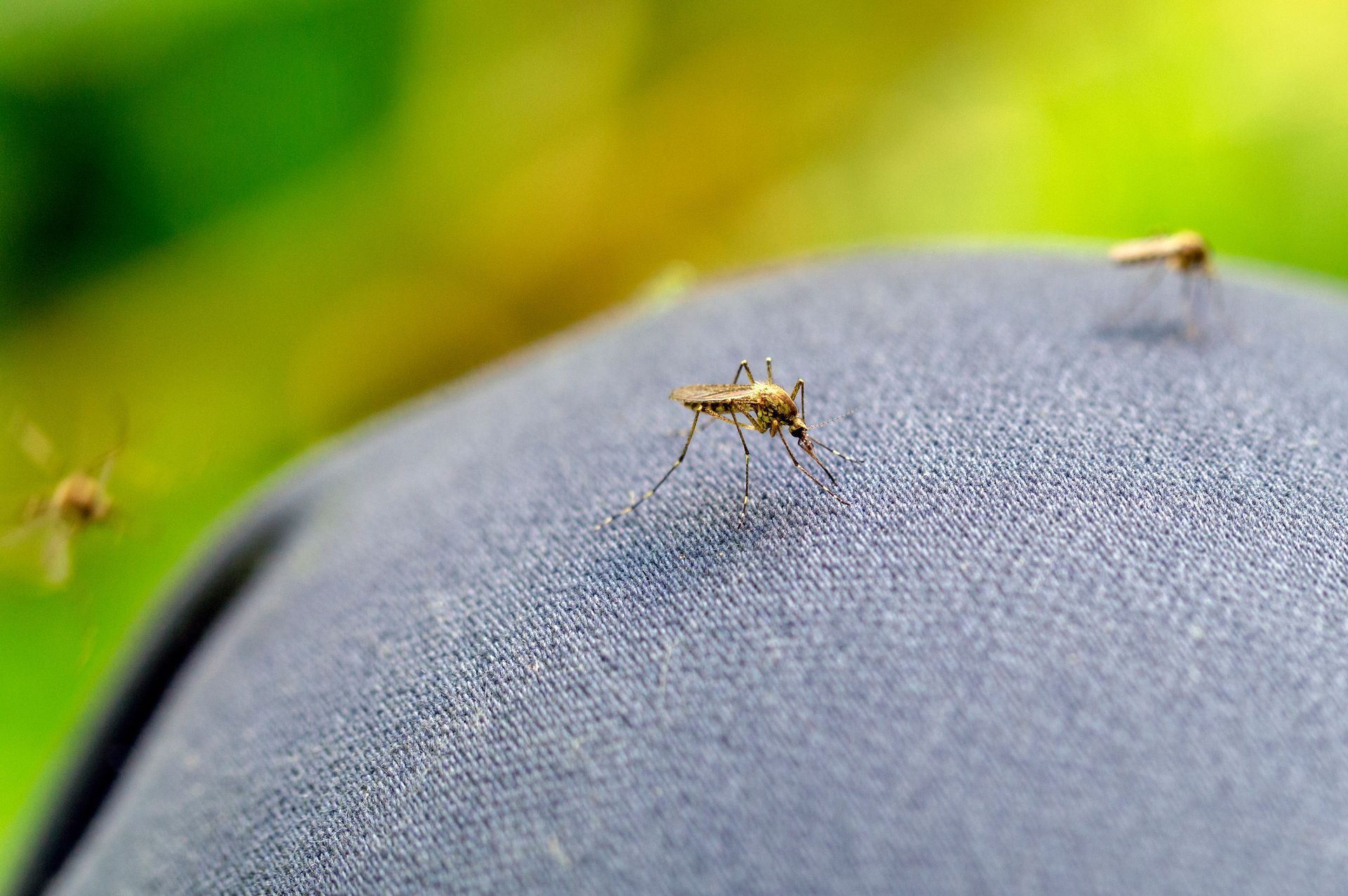Different Types of Rat Species in North America
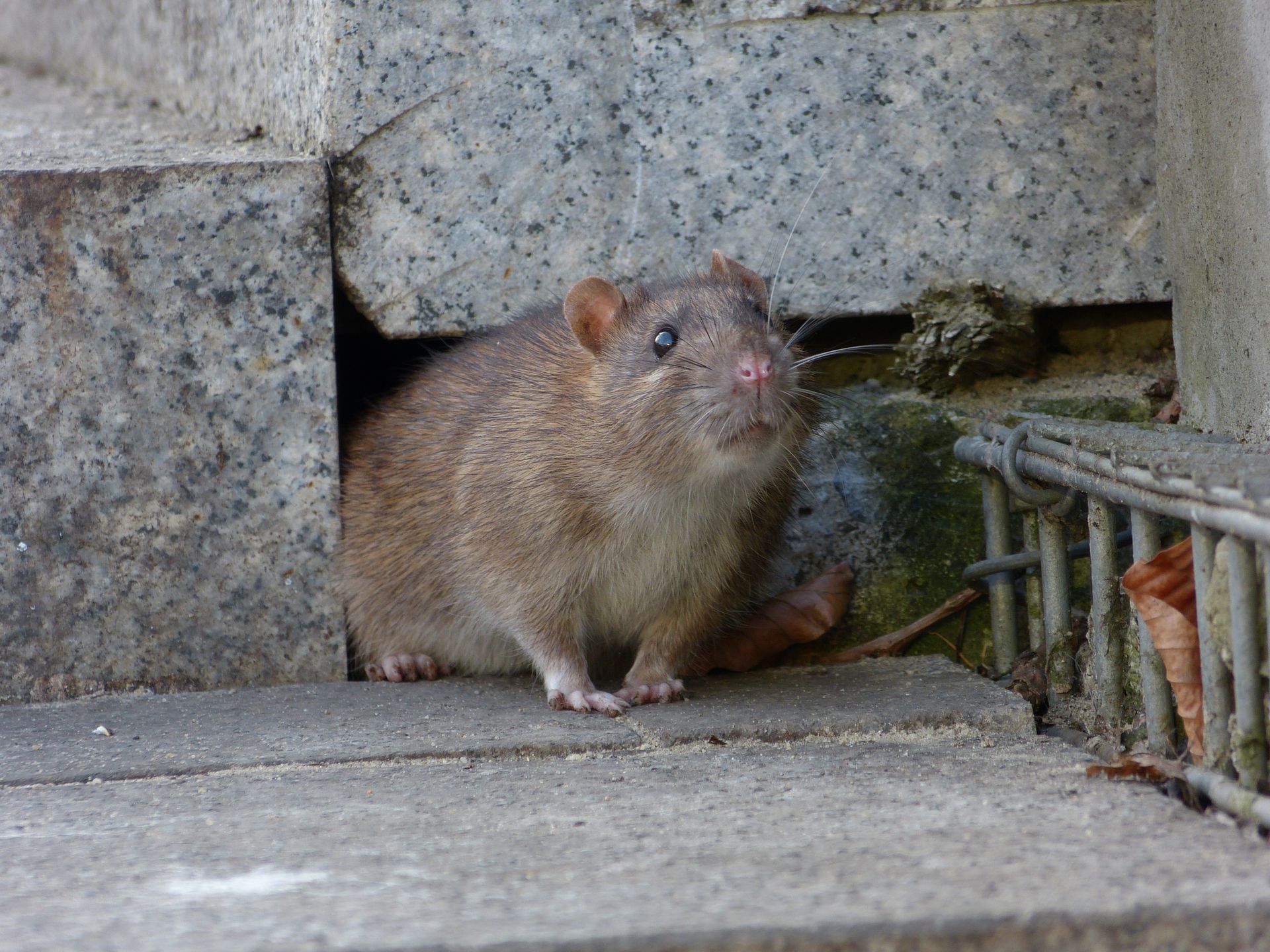
In North America the primary rat species of concern within the genus Rattus are the black rat (Rattus rattus) and the brown rat (Rattus norvegicus). While many rodents are referred to as "rats" due to similarities in appearance and behavior, not all belong to the Rattus genus. The distinction between rats and mice often hinges on size. Larger muroid rodents are typically labeled as rats whereas smaller ones are termed mice. However, these common names can be misleading as they aren't taxonomically specific. For instance, the pack rat and cotton mouse, despite their names, don't belong to the Rattus or Mus genera which highlights the complexity of the muroid family.
Common North American Rat Species Comparison
| Name | Brown rat | Black Rat | Pack Rat | Marsh Rat |
|---|---|---|---|---|
| AKA | Norway rat, street rat, sewer rat, wharf rat | Roof rat, ship rat, house rat | Wood rat, trade rat | Rice rats |
| Species | Rattus norvegicus | Rattus rattus | Neotoma cinerea | Oryzomys palustris |
| Region | West Coast US, Southeast US, Gulf States | West Coast US, Southeast US, Gulf States | Western US | Southeast US, Gulf States |
| Max Length | 11 in | 7 in | 16 in | 10 in |
| Max Weight | 12 oz | 8 oz | 21 oz | 3 oz |
| Color | Grey / Brown | Black / Light Brown | Grey / Brown / Cream | Grey / Brown / Red |
| Behavior | swims, burrows | swims, climbs | collects, nests | swims |
Different North American Rat Species
The most common rats in North America are brown rats, black rats, packrats, and marsh rats. These rodents are frequently found in proximity to human habitats which make it essential for homeowners to be aware of their distinguishing characteristics, especially if they suspect an infestation. Proper identification aids in effective management and control of these disease-ridden rodents.
Brown Rat (Norway Rat)
The brown rat is also commonly known as Norway rats, sewer rats, and wharf rats. They are a large rodent that can weigh between 9 – 12 ounces and measure up to 11 inches with a tail that reaches almost as long. Their fur is coarse and ranges in color from brown to dark grey, with a lighter underbelly. They originated from China and have spread to every continent across the globe except Antarctica. In nature, these rats live in burrows underground near sources of water. This is why they are often seen near waterways, harbors, and sewers. They are strong swimmers that can remain submerged for long periods which allow them to travel underwater. They have also been known to reach distances that require them to swim for over 600 meters. They are omnivorous feeders that will come out at night to feed on anything they can find. Since they are nocturnal, they have evolved with poor vision, but brown rats have extremely strong sense of smell to help them find food and an acute sense of hearing to alert them to predators.
Brown rats are notorious carriers of various diseases that can be transmitted to humans. Among these are Weil’s disease, rat-bite fever, cryptosporidiosis, hantavirus pulmonary syndrome, and hemorrhagic fever. They can also serve as a reservoir for Toxoplasma gondii, the parasite responsible for toxoplasmosis. Their omnivorous diet combined with their opportunistic nature makes them a significant pest in urban areas. Their reproductive rate is also impressive with females capable of producing multiple litters containing 6 to 12 offspring every year. Given their potential health risks and rapid reproduction, professional intervention is often recommended to manage and prevent brown rat infestations.
Black Rat (Roof Rat)
The black rat is smaller than the brown rat and typically measures between 5 – 7 inches in length with a 6 – 9-inch tail and generally weighs between 6 - 8 ounces. Their fur can range from black to light brown, with some variations even exhibiting a grey hue. They originated from India but have spread globally aboard ships transporting goods to new destinations, earning their nickname the “ship rat.” They are also excellent climbers that can reach treetops in search of food. Their arboreal nature combined with their varied diet poses a threat to bird populations because they can easily raid nests for eggs and young birds. This ability to climb also allows them to nest in trees as well as reach household through overhanging branches. This ability to reach rooftops is how they have earned their other nickname, “roof rats.” These rats are extremely adaptable to new conditions and can thrive in conditions that range from tropical climates to cold environments. However, they are fond of human food and will infiltrate homes in search of better living conditions. When this happens, they will nest inside attics and above garages where they can gain access to food inside of a home but stay somewhere they will be left undisturbed.
Black rats have historically been vectors for numerous diseases including the bubonic plague which they helped spread during the Middle Ages. They are also carriers of diseases like typhus, Weil’s disease, trichinosis, and toxoplasmosis. Despite their smaller size compared to the Norway rat, their rapid reproduction and adaptability make them a persistent challenge for homeowners and farmers alike.
Packrat (Wood rat)
The Packrat belongs to the Neotoma genus which is a larger species of rodent. Adult woodrats can reach weights of 21 ounces and lengths up to 16 inches long. They have large black eyes, pronounced ears, and long tails that make them look even larger. Their color can range from a light creamy brown to darker shades of mixed brown and grey. They are found throughout the western states reaching as far inland as Wyoming, Colorado, and New Mexico. In the wild, packrats create nests using wooden materials like twigs and branches which earns them the name “woodrat.” However, their nesting behavior is particularly destructive when they find their way inside human homes. They can chew through electrical wiring, shred insulation, and destroy other building materials as they collect the materials they need to build a nest. They are also known to take residence inside of the engine compartments inside vehicles.
Packrats have diverse diets and will consume fruits, plants, and any other available food sources. Their habitats are also diverse, ranging from coniferous forests where they might build nests high up in trees, to rocky crevices where they create barricades with sticks. They are noisy rodents that communicate using high pitched noises which makes their presence easily detectable. Similar to the other rat species, packrats are carriers of several diseases including Arena virus, Hantavirus, Trichinosis, Bubonic plague, Typhoid, and Weil’s disease. They can also harbor bacteria like salmonella and various parasites.
Marsh Rat (Rice Rat)
The Marsh Rice Rat (Oryzomys palustris) is a medium-sized rodent predominantly found in the Southeastern United States with a heavier presence along the Gulf and Florida. They resemble the common black and brown rat in appearance but are slightly smaller in size. Males are slightly larger than females and weigh up to 3 ounces with their typical length reaching up to 10 inches. Their dense and short fur is typically gray to grayish brown on the upperparts which sharply contrasts the off-white underbelly and feet. Marsh rats are adapted for their wetland habitat and have features that make them excellent swimmers. Some of these features include a coat that traps air which helps them stay buoyant for extended periods and webbed digits that allow them to paddle faster in water.
Marsh rats are omnivores that feed on anything in their swamp like environments. This diet can consist of insects, fish, bird eggs, crabs, as well as aquatic plants. They have a breeding cycle of approximately 25 days which make them prolific breeders. Their population density fluctuates seasonally with populations peaking during the summer months and declining in the winter. Environmental occurrences like flooding can also impact their population strength. Marsh rats are also carriers of several diseases like Bayou virus, hantavirus, leptospirosis, salmonella, and rat bite fever. Additionally, they have been found to carry antibodies against Lyme disease and are known to harbor the pathogenic bacterium, Bartonella. As with many rodents, their proximity to human habitats can pose health risks due to the potential transmission of these diseases.
Risks Associated with Rats
Rats carry several serious diseases that can are a significant health risk to humans. These diseases include:
- Salmonella: A bacterial infection that causes fever, abdominal cramps, and diarrhea. This is typically caused when rats contaminate food people consume. Symptoms appear within 3 days of exposure. If symptoms last longer than a week they should be treated with a cycle of antibiotics.
- Leptospirosis: A serious bacterial disease that results from contact with infected rat urine. Symptoms include high fever, headache, chills, vomiting, and muscle pain. Serious cases can lead to kidney damage, liver failure, meningitis, and respiratory distress. Regular symptoms typically fade on their own, but serious complications will require medical treatment and antibiotics.
- Plague: A serious bacterial disease that fleas carried by rat spread. Symptoms include high fever, chills, headache, weakness, and muscle soreness. Serious symptoms include painful swollen lymph nodes in the armpits, groin, and neck. Potent antibiotics are necessary to avoid serious complications and death.
- Hantavirus: A virus found in rat urine, droppings, or saliva that spreads through contact or inhalation. Hantavirus results in fever, muscle aches, chills, vomiting, diarrhea, and respiratory difficulties. There are no specific treatments available but if serious complications occur, medical treatment is recommended.
- Rat-bite fever: Results from a rat bite or scratch. Symptoms appear in several days and include fever, vomiting, headache, swollen joints, muscle pain, and rash near the injury site. Abscesses, liver infections, pneumonia, meningitis, and heart problems can also present themselves in extreme cases.
How to Deal with Rat Infestations
Rats can be exterminated using a mix of baits and traps, but DIY rat control efforts can sometimes land flat without much success. Rats can learn to avoid traps and baits are not the best solution as there are inherent problems that come with using rodenticide bait systems. Baiting can introduce poisons that can be ingested by pets or cause rats to die in areas where they are inaccessible which introduces a decaying body that smells and attracts other pests. Large scale infestations can also see rat populations overtake a property in a short time as they are prolific breeders. This can present a range of problems due to the damage they cause and the diseases they can spread. If the rat problem is too big to handle, be sure to enlist the help of professionals who can help devise a strategic plan to effectively terminate the rat problem.
How to Prevent Rats from Returning
Stop rats from coming back after treatment by using a multifaceted strategy that combines cleaning, sanitation, prevention, and exclusion. The first step is to prevent access by sealing any access points that rats may have used to gain entry in the first place. This requires a thorough inspection for cracks, holes, and vents that rats can use to enter your home. Be sure to check crawl spaces, attics, basements, garages, and laundry rooms as these often have vulnerable points that are overlooked. Follow that up by cleaning up and sanitizing any remnants of the previous infestation. This is critical because rat urine contains pheromones that can attract other rats. Ensure that nests and areas contaminated with rat urine and waster are properly sanitized. Follow that up by taking the proper precautions to store food and trash securely in containers and trash cans with tightly fitted lids.
Contact EcoGuard if You’re Dealing with a Rat Problem
If you're dealing with a rat infestation, it's important to deal with the issue right away before the infestation gets further out of hand. Rat infestations can cause serious damage to a structure as well as introduce diseases that put you and your family’s health at risk. This is why EcoGuard Pest Management is standing by ready to provide rat treatment solutions. We offer expert solutions tailored to your specific needs to ensure that these unwelcome guests are effectively dealt with. Our team is equipped with the knowledge and tools to handle rat problems of any scale. Reach out to EcoGuard Pest Management today to schedule an inspection and let us restore peace and security to your home or business.
Different Rat Species FAQs
-
What are the 2 main types of rats?
The two primary types of rats that are most familiar to people worldwide are the brown rat and the black rat. The brown rat, also known as the Norway rat, is larger and is characterized by its grayish brown fur, blunt snout, and a tail shorter than its body length. The black rat is smaller with a pointed snout, pronounced ears, and a tail that is longer than its body.
-
What is the rarest rat?
The Sumatran bamboo rat (Rhizomys sumatrensis) is among the rarest rats and native to the highlands of Sumatra, Indonesia. This rat is unique due to its specialized diet of bamboo and its adaptation to living in high-altitude forest habitats. Its rarity is attributed to habitat loss and limited geographic distribution.
-
What are the 7 classifications of rat?
The seven taxonomic classifications for rats begin broadly and narrow down to the specific species. For the rat, these classifications are Kingdom (Animalia), Phylum (Chordata), Class (Mammalia), Order (Rodentia), Family (Muridae), Genus (Rattus), and Species. The species name would then specify the exact type of rat, such as Rattus norvegicus for the Norway rat or Rattus rattus for the Roof rat.
Request A Free Estimate
We will get back to you as soon as possible
Please try again later
Immediate Service Available
Services
Customer Care
Legal
Working hours
- Mon - Sun
- -
All Rights Reserved | EcoGuard Pest Management | All Phone Calls Recorded | By Using Website You Agree To Terms Of Use



